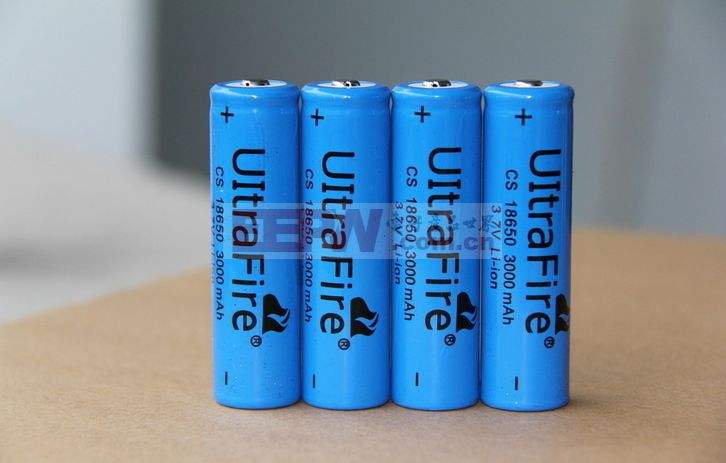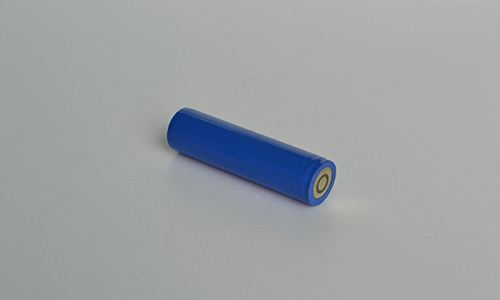Overpack Lithium Batteries – Package Guidance
Sep 11, 2019 Pageview:2210
There is no denying that batteries have become a very important part of our daily lives. Lithium batteries, especially, are loved by many users of electronic devices because of their power. They can last longer. Even though they are very expensive, they are still the best option.
As such, you might find one person having several batteries as spares. This is necessary, especially when you are traveling in place, you know there is no source of power. You will find carrying a few extra batteries very important. If your aim is perhaps to shoot your videos with your camera without any interruptions, you much have a good power plan.
However, a problem arises when you want to transport these items. For those who are frequent travelers, you may already be aware of the regulations. But for first-time travelers, it is important to research the safety of the package you have before hitting the road.
We are going to discuss some of the issues that come with lithium batteries on board.
Is lithium battery dangerous goods?
The simplest answer is yes. And in this case, we are referring to bother lithium-ion and lithium metal batteries. Understanding the potential risk these batteries carry will save you some time at the airport. Apart from that, you won’t have to throw away any of your goods.
Lithium batteries are compared to gasoline, propane, and sulphuric acid. They are common batteries used in the camera, cell phones, laptops, medical equipment, and power tools.
TSA has restrictions and guidelines on how one is supposed to handle the batteries during transportation. The main reason for such is for the safety of the traveler. You don’t need a bomb to bring down a plane. A simple mistake, like ignoring packaging instructions of lithium batteries, can do the job.
Note that most lithium batteries are safe. But some have overheated and caught fire. But it does not stop there, once lithium batteries are ignited, they can cause any other batteries in nearby to ignite as well.
Lithium batteries, as you may be aware of, are batteries designed to offer great power and run for more hours in a day. As such, they contain high levels of electric energy.
Fires caused by these items are very hard to put out. They produce toxic and irritating fumes. There have been situations where accidents that could be avoided cause a lot of damage.
Batteries, in general, are not items you just carry anywhere anyhow. Note that, while traveling:
· Your shipment may get on an aircraft. This is in the case where they are not marked with the proper mode of transport.
· Even though there are fire suspension systems in the plane, they may fail to out the fires. We have already mentioned how hard such fires can be put out.
· Packages batteries for air transport short-circuit. This is the main cause of fires that bring about the biggest disasters.
· Be warned about counterfeits and unbranded lithium batteries. Since they have not been safety tested, chances of exploding are very high. And that is something you want to make sure never happens.
But this does not mean you cannot ship your batteries. Some international regulations and guidelines can get your shipment anywhere as long are you are keen enough to follow. Remember, safety comes before anything else.
Labeling of Overpacks Containing Lithium Batteries
What does the term overpack mean? Let’s start from here to makes it easy for your understanding. This term refers to dangerous goods in a singular package. In this case, we are talking about lithium batteries. As mentioned above, there are two major categories of lithium batteries.
· Lithium metal batteries. They contain an anode made of lithium metal or a lithium compound. They are found in different devices, including watches, calculators, cameras, and similar items.
When not housed in the packaging, there are prohibited on a passenger plane. You need explicit approval from concerned safety bodies to transport so.
· Lithium-ion batteries. These types possess a scarce amount of lithium. The lithium remains in its ionic state inside the electrolyte. They have enough capacity to charge cell phones, laptops, power tools e-bikes, and many other devices. There are several rules regarding these batteries as well, especially when being transported outside their packaging or inside a device.
Because of such dangerous and risks these batteries posse, clear labeling is something you cannot ignore. If your package ends up on a passenger plane, you will be liable for the risks involved.
Powerbanks: These are portable electrochemical batteries that are just as dangerous. They are used to charge mobile devices. Any spare brought on board must be wrapped and protected from other items in the carry-on bags.
Indicate the country where the consignment is coming from. Apart from that, it must show the country where the operator’s main place of business is.
Lithium batteries: All shippers have been formally trained on procedures of handling dangerous items. IATA and similar transport safety authorities offer clear packaging and transport instructions.
An employer must indicated the kind of lithium batteries to be transported. Also, you must clearly show the procedures and standards for shipping the batteries.
There are specific marks detailed in Section II of packaging instructions 965, 966, 967, 968, 969, and 970. For instance, a “caution” sign must appear on the batteries. There must as well be a border edge with red diagonal hatchings that must include the battery symbol and its state.
How to Safely Pack and Ship Lithium Batteries
Packaging and shipping lithium batteries should not be so stressful. First, you need to understand when and when you are not allowed to carry such items.
The state of the batteries must be indicated. For instance, show whether the batteries are defective, or in good condition. They may be at risk of combustion, and you must mention that.
The maximum weight for lithium batteries in a single package should not exceed 5KG in a passenger aircraft. For a cargo plane, they can go up to 35KG.
Also, pack batteries as follows:
· Clearly, indicate the shipper and consignee address
· Indicate the weight
· Include the lithium battery mark. This should be together with class 9 lithium battery hazard label and cargo aircraft only label.
Now you are ready to transport your batteries. With this knowledge, you can go anywhere without worrying about your luggage.
- Prev Article: Lipo Battery Temperature Sensor-Temperature Control
- Next Article: Pouch Cells Lithium-ion Battery – Battery Type
Leave Message
Hottest Categories
-
Hottest Industry News
-
Latest Industry News











